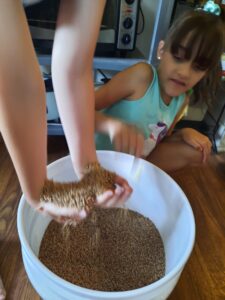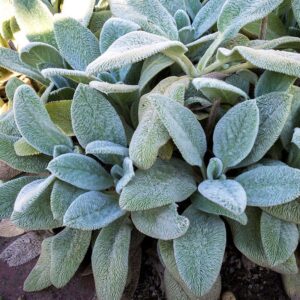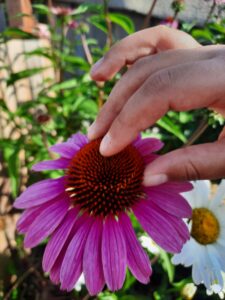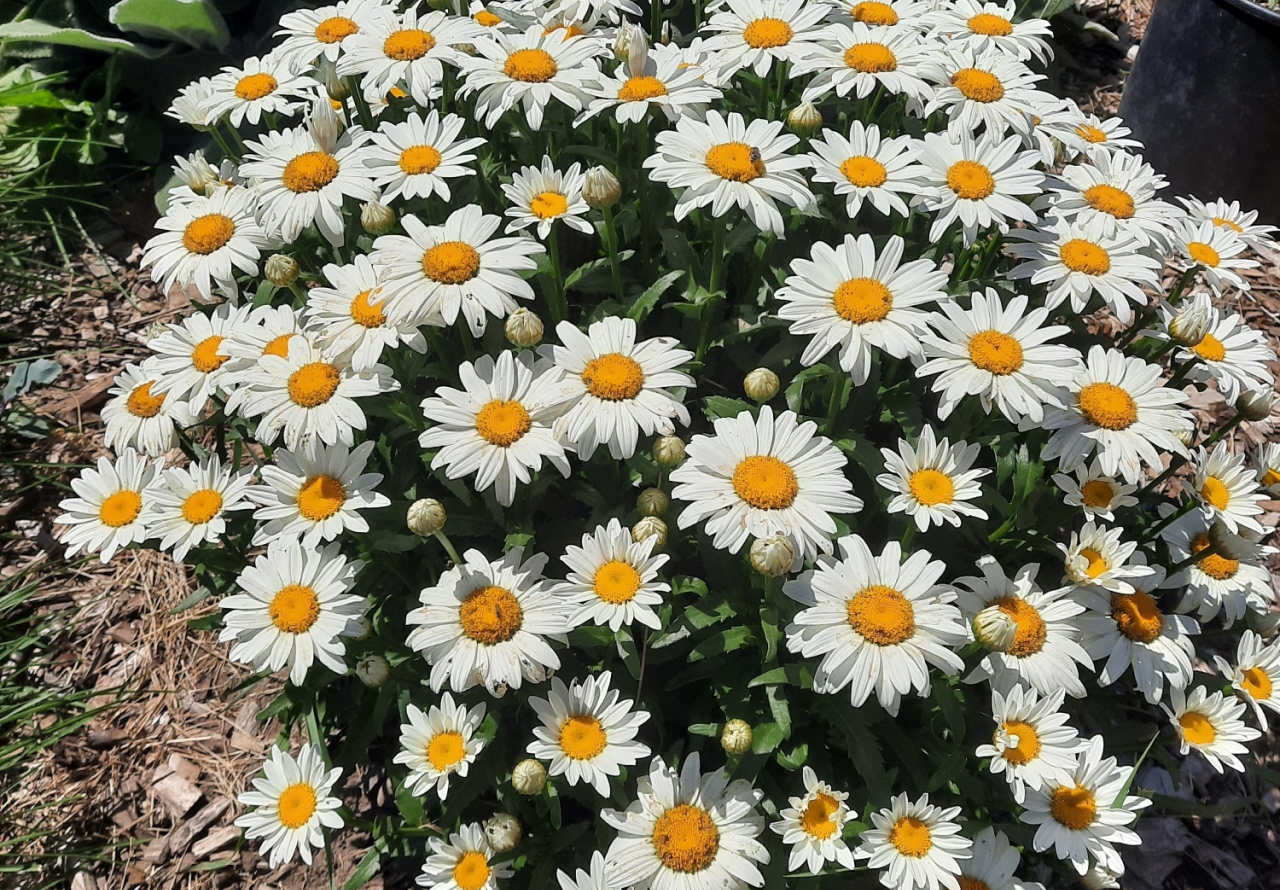
There’s a scene from my favorite movie, Amelie, where she’s standing in a quaint little French street in front of a grocer. She pauses beside the produce stand and when no one’s paying any attention, she slowly sinks her hand into a bag of lentils. She closes her eyes as an expression of peace and delight washes over her face. In the midst of the streetscape bustle Amelie experiences calm and a temporary escape through this simple, tactile act.

Just like Amelie, my girls are enjoying the feeling and pressure of swirling their hands and arms in a bucket of grain.
As far as the senses go, touch is fundamental to understanding our surroundings and the activities of everyday life. Our largest organ, our skin, is responsible for much of our tactile experiences. Our skin is constantly receiving messages about our environment and communicating those messages to our brain to interpret the experience…and how we need to react to that experience. We’re alerted to danger (when our hand touches a hot stove burner, we quickly pull our hand away!). We feel comfort, calm, and safety (curled on the couch wrapped in a warm, fuzzy blanket…all is well and I can rest).
The greater the variety of tactile experience during childhood, the greater the understanding the child will develop about their environment and more successfully they navigate that environment. Exploring touch is essential for all children, especially those with visual impairments. Whether you have a big yard or a modest apartment balcony, you can easily maximize the tactile quality of your space for your kiddos. How do you do that? Look around you right now. What do you see in various textures? Where and how do you experience warmth, coolness, cold? To add more tactile interest, think temperature and texture. How many ways can kids explore tactile qualities like:
Soft . Fuzzy . Smooth . Hard . Bumpy .
Prickly . Warm . Cool . Cold . Icy .
What else??
If you have kiddos that are hypersensitive or hyposensitive to touch, a space filled with a variety of textures and temperatures will help them explore this sensory system on their own terms and at their own pace which will help bring them self-regulate their nervous system.

Make an easy nature loom out of a garden obelisk, trellis, or fencing.
Give them what they love! Be sure to include lots and lots of the textures they love so their time is as joy-filled as possible. Here are some ideas for adding tactile interest to their play and learning space:

A loose parts play area can look messy at times but that’s ok. The sensory value is off the charts amazing!
Nature is always inviting children to play and connect. Children always want to be hands-on in that experience.
Sensory plants that invite touch are incredible assets in a nature play space. Consider them ambassadors for co-creating children’s nature appreciation and connection.
Through touch, children get to know each plant intimately, and through that process become part of the magic and awe of nature.
Let me say it directly: Children come to know they’re part of nature.
When we slow down and pay attention we really notice the incredible variety of textural interests in the plants and trees around us: the bark, branches, leaves, cones, flowers, seed heads, and pods.
It’s pretty mind boggling.
So, how can you use plants to boost the play and learning value?
Can you use plants to create textural contrast? How about planting purple coneflower next to lamb’s ears? Running your fingers over the spiny seedheads of coneflower are a distinctly different experience than stroking the fleecy, fuzzy leaves of lamb’s ears. There are so many ways to mix-and-match plant textures.
How can tactile plants be used in play activities? Natural loose parts play is a great place to start. I have another post about the play value of loose parts.
Lastly, tactile plants are very effective when planted where children spend lengths of time in an activity, like a sand play area, cozy space, or fairy garden. Plants within arms reach will be reached for, again and again.
Some of my favorite plants for tactile interest include:
Big Ears Lambs Ears, Stachys byzantina ‘Big Ears’, hardiness zones 4-9
This perennial tops my list of tactile favorites! The leaves of lambs ears feels just as soft and fleecy as the name sounds. I much prefer the Big Ears variety (also called Helen von Stein) as it doesn’t spread as enthusiastically as other varieties. This plant is a tagless cotton shirt, if you catch my drift. If you have a kiddo who’s touch averse, this plant offers great potential for exploring that comfort zone.
Approx. 12” tall x 24” wide and spreading

Big Ears Lambs Ears is my all-time fave tactile perennial.
Kim’s Knee High Coneflower, Echinacea purpurea ‘Kim’s Knee High’, hardiness zones 3-8
Coneflowers have a spiny seedhead that it’s really interesting to touch. Don’t prune off the seedheads in the fall. Leave them over the winter for loose parts play and food for birds.
18” tall and wide

Kim’s Knee High and other coneflower varieties have an interesting seedhead and the pollinators love them!
Woolly Thyme, Thymus pseudolanuginosus, hardiness zones 4-7
Kids can walk barefoot on woolly thyme. As winter makes way to spring, forsythia’s blooms are like radiant sunshine. This early bloomer brings cheer to any early garden. The flowers are also edible and can be used salads or made into jelly, syrup, and tea!
4”-6” tall x 12” wide
Purple Emperor Sedum, Sedum x ‘Purple Emperor’, hardiness zones 3-9
This full sun, drought tolerant perennial is a great tactile plant for its succulent, spongy leaves and its fluffy summertime flower heads. Keep the flower heads on through the winter for four seasons of play value.
12” tall x 18” wide
Little Bunny Dwarf Fountain Grass, Pennisetum alopecuroides ‘Little Bunny’, hardiness zones 4-9
Fountain grass comes in all sizes and Little Bunny is the smallest of them all. This ornamental grass is as cute as its name sounds and makes a special statement in a children’s play spaces with its fine-textured grass blades and super soft seedheads.
12” tall and wide
As always, two friendly reminders: 1) be sure that all plants in the play area are non-toxic, and 2) pesticides, herbicides, and other harmful chemicals should NEVER be used in play areas.
Check out my eBook, Nature Play for the 7 Senses: A Parent’s Guide for Natural PLay & Learning Spaces for ALL Children


